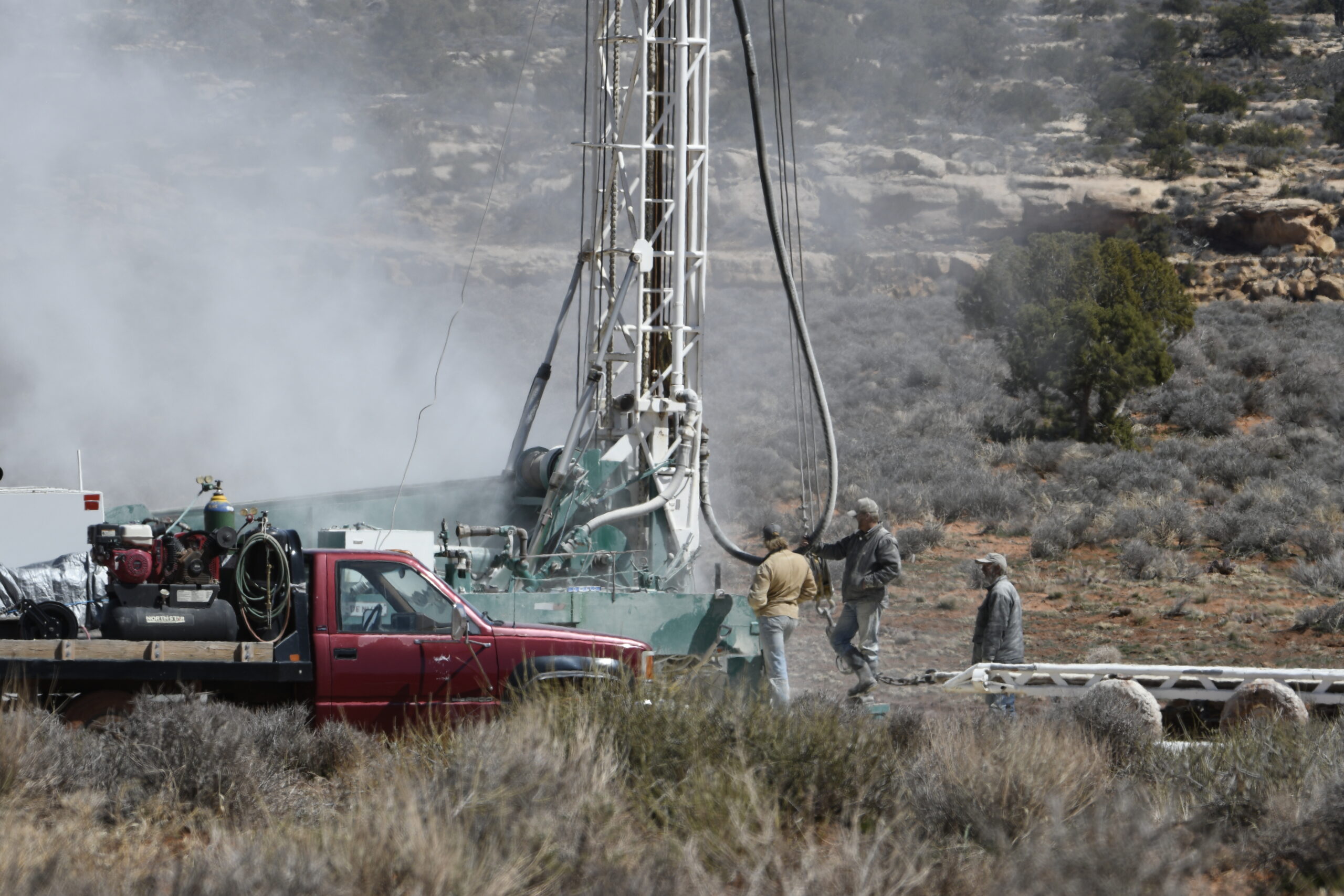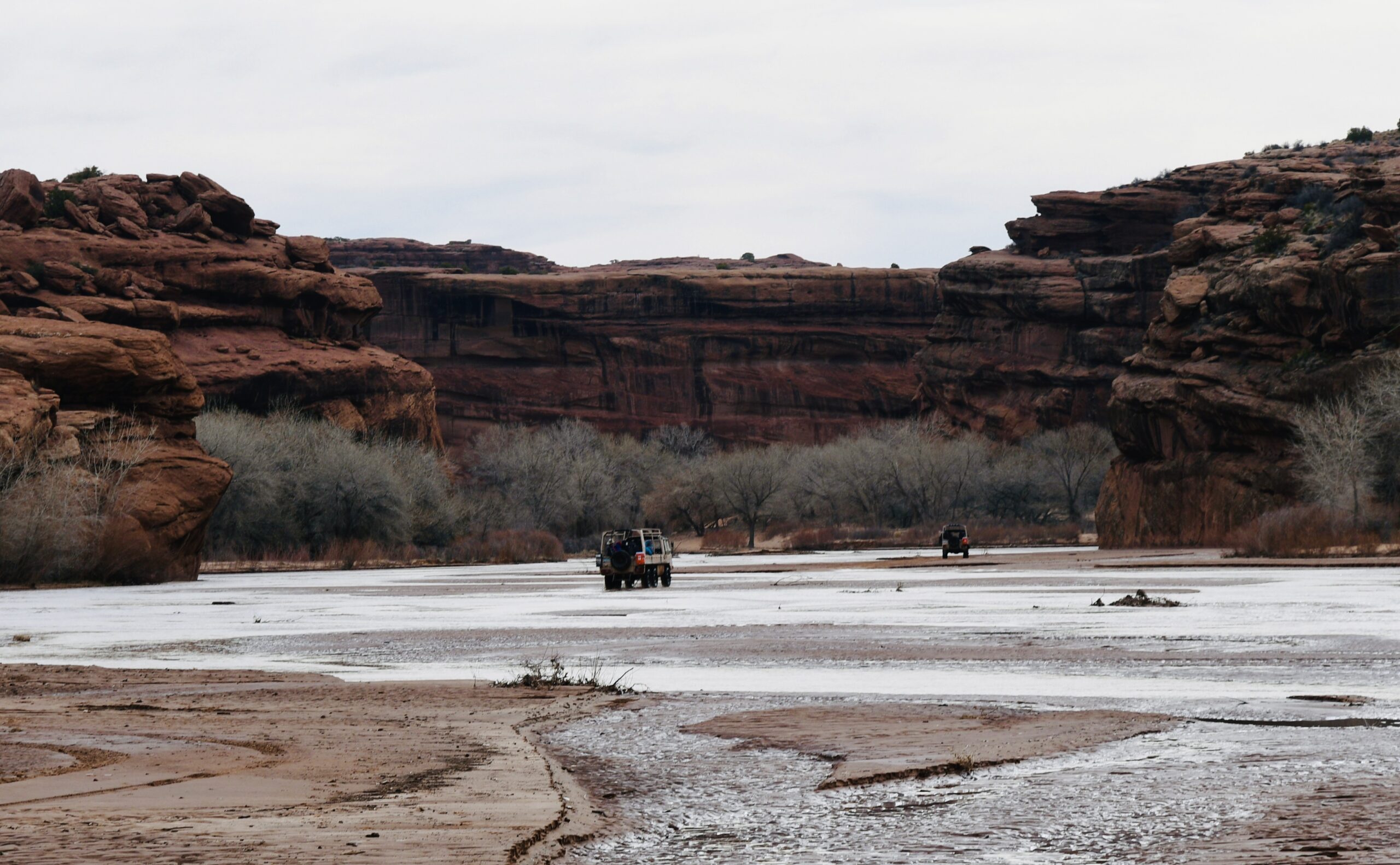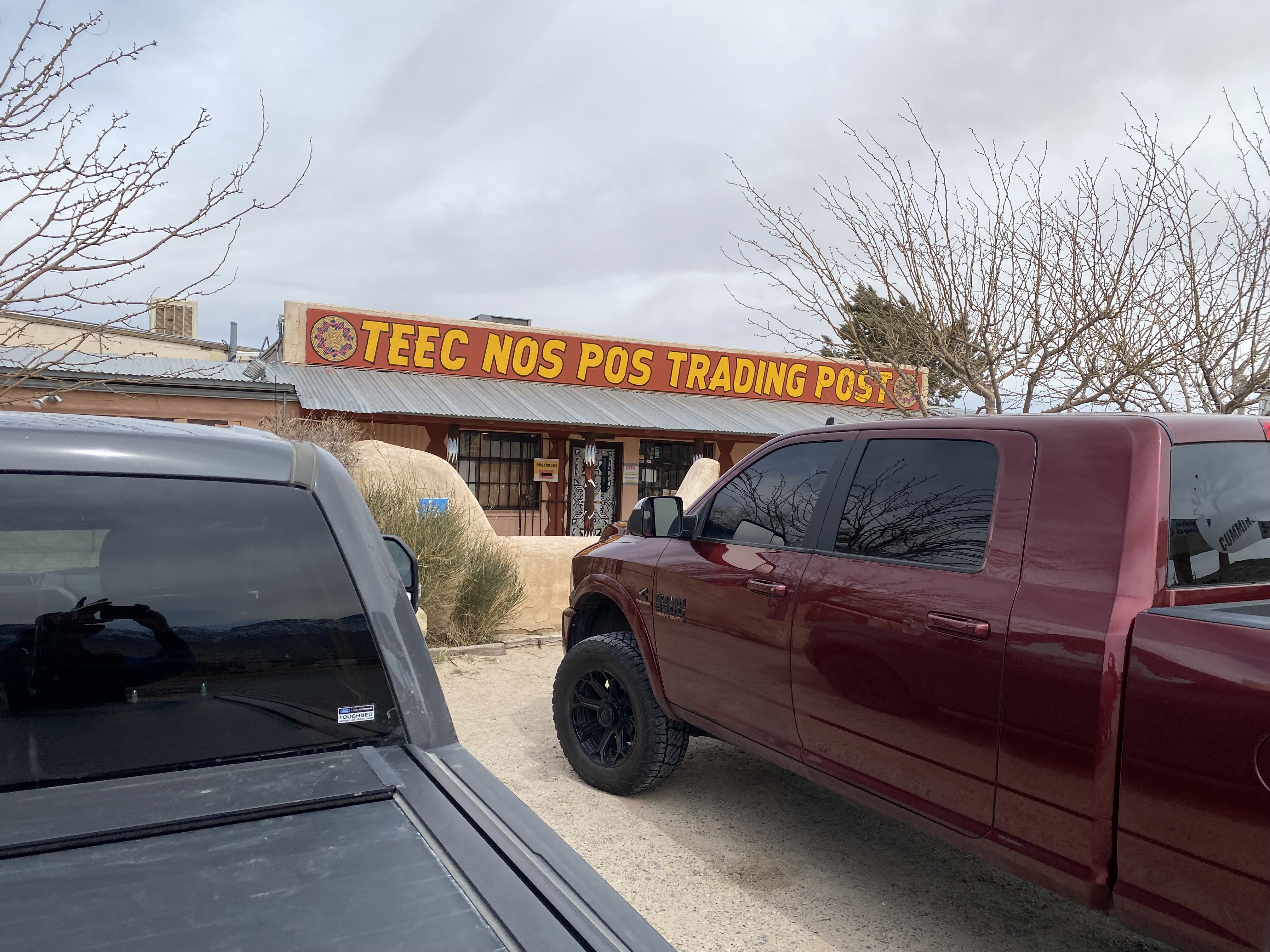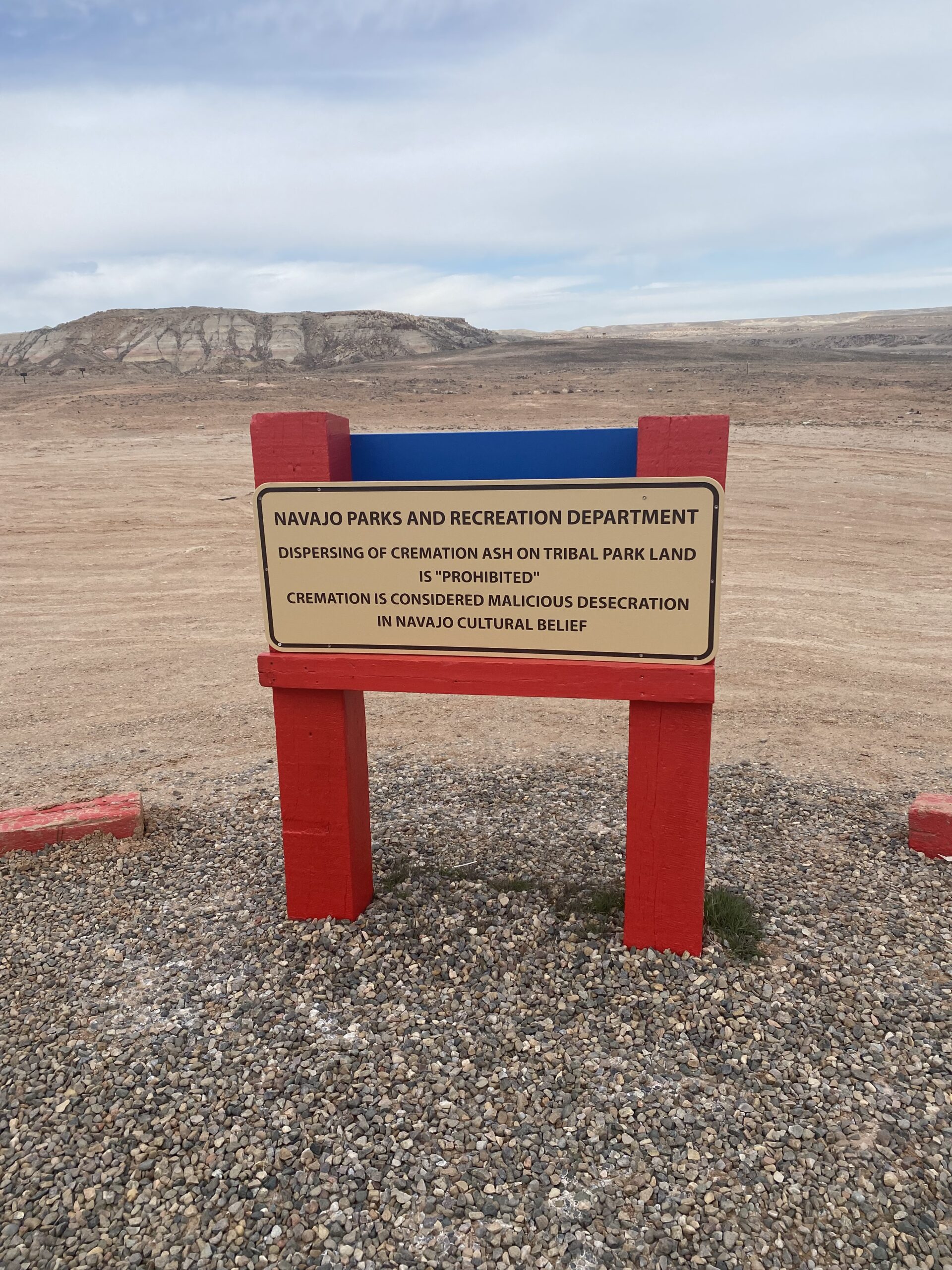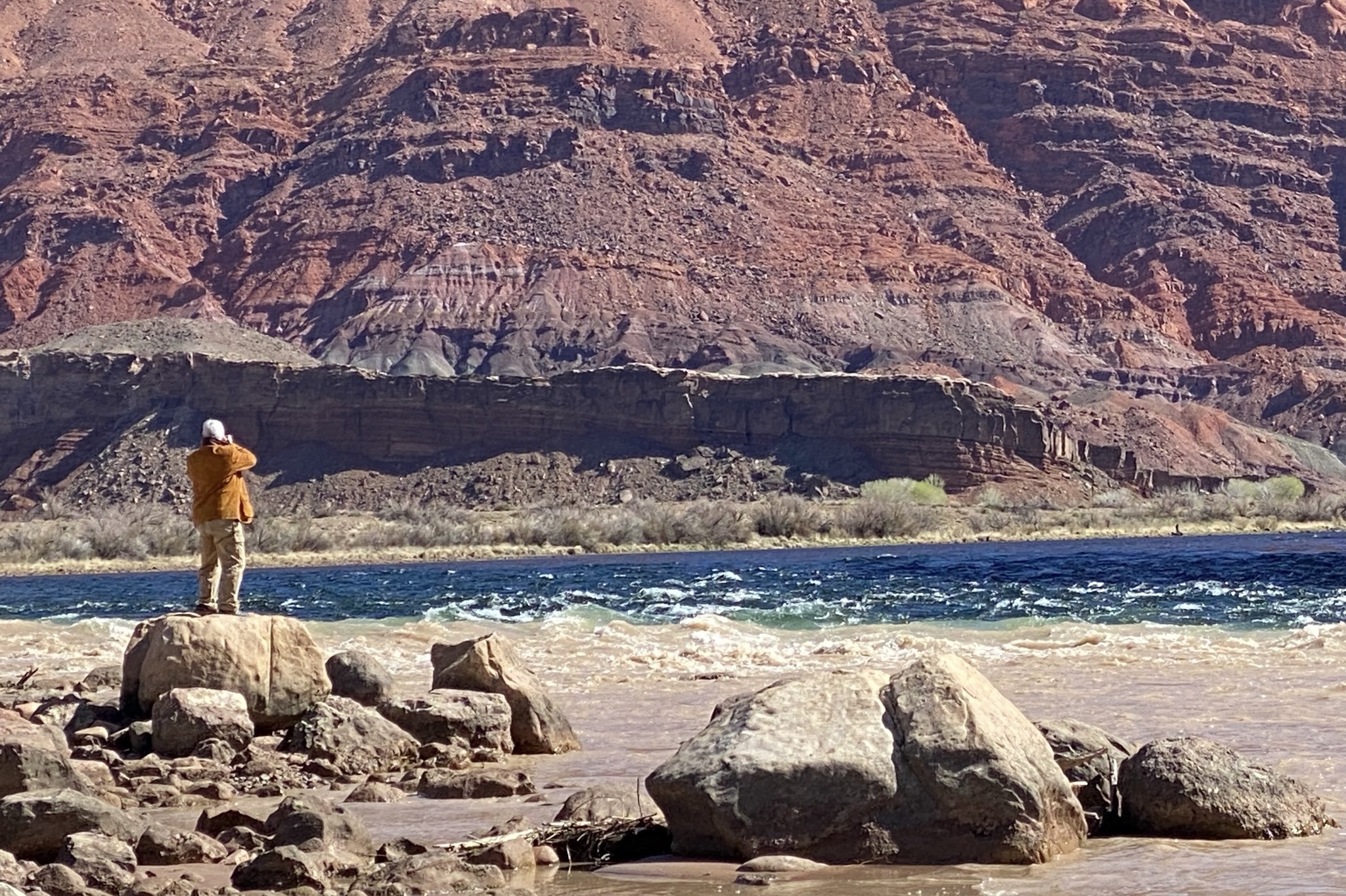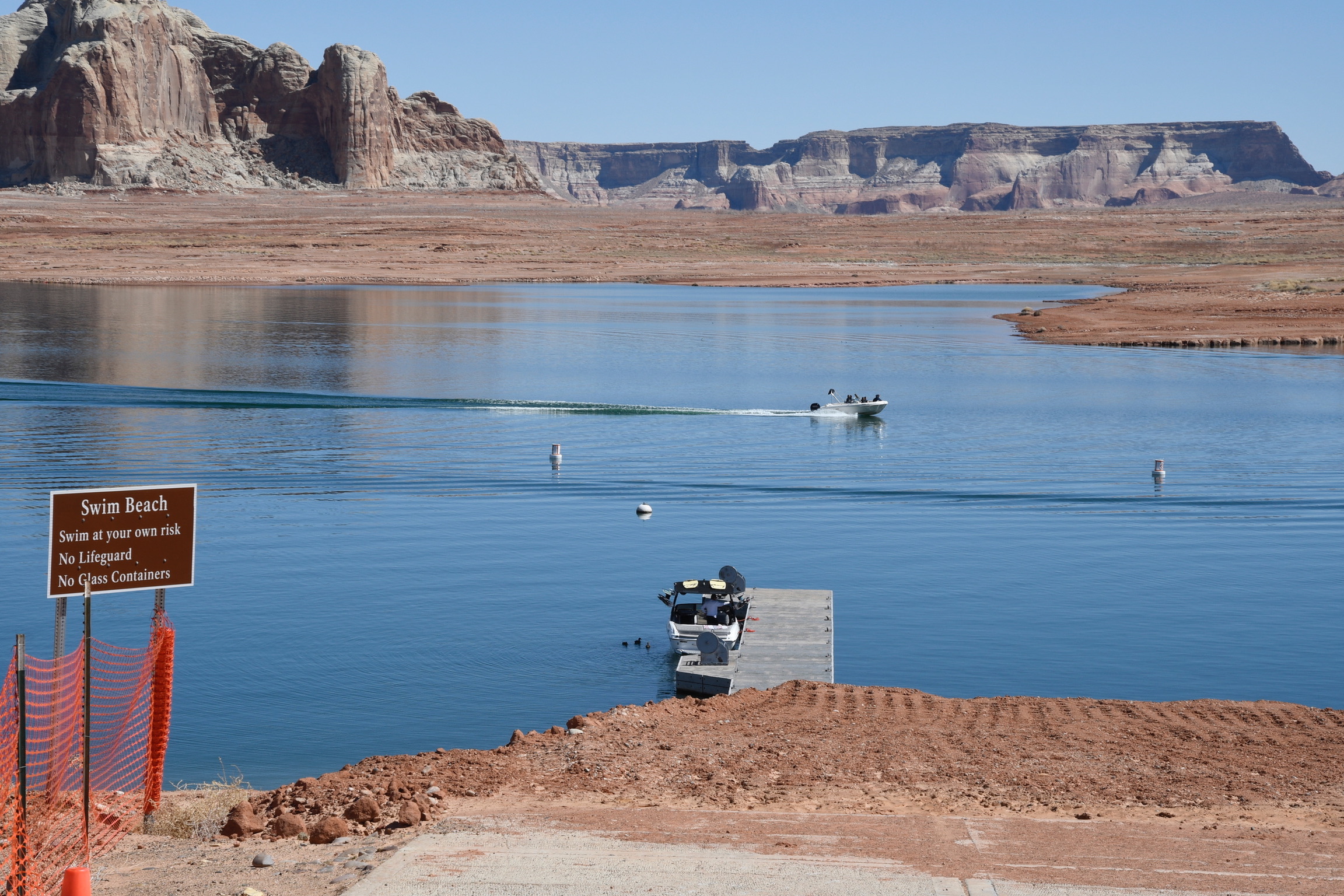Back in Bismarck, North Dakota, Clay reflects on his two week journey of the Four Corners region this spring. This is the final dispatch in a series chronicling his sojourn following the Colorado River exploring the state of water, or the absence of it, in the West.
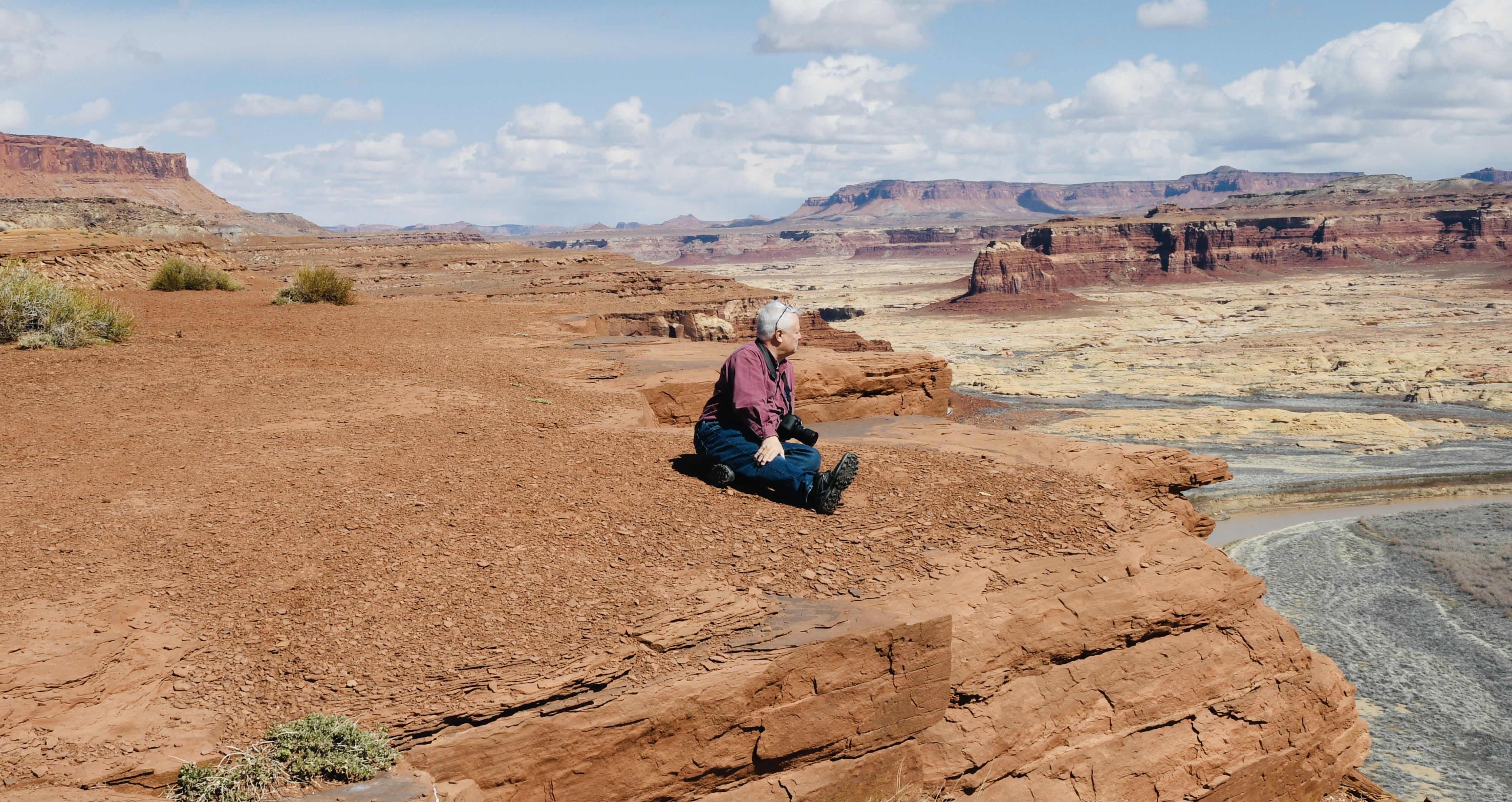
Conditions are changing so fast in the Colorado River watershed that it is impossible now to keep up. I write this on April 14, 2023. In two successive days since I returned to North Dakota, my news feed has served up stories on Great Salt Lake. The first one suggested that the enormous snowpack in the Wasatch Mountains means that the lake is likely to make a dramatic comeback in the summer of 2023. The second one, a day later, warned that Great Salt Lake is still in extreme danger of dying in the next ten years. Maybe the crisis of Great Salt Lake is over — certainly the immediate catastrophe has been averted (by God not by man). Maybe the 2023 reprieve will make only a modest difference in the long-term health of the lake. We’ll need to stay tuned.
I remember the drought of the late 1970s. The sober and reliable Minneapolis Tribune ran a series of stories about the crisis under the banner headline, “The West Runs Dry.” One of the articles quoted a water expert who said the reservoirs of the Far West, particularly in California, “might never refill.” One year later, they filled to capacity and in some cases their spillways were needed to shunt off excess water.
It is very clear that this decade’s version of The West Runs Dry is an ongoing story.
I learned long ago to be suspicious of all apocalyptic thinking. The Rapture just never comes. When the redoubtable Bill McKibben declares on national television that we have no more than 10 years to turn things around and save the biosphere, I feel like rolling my eyes. I certainly agree that we humans have done great damage to the planet and that the consequences are likely to be grave, but I also believe from such reading as I have done over the years, that the earth is a self-correcting organism.
I am alarmed by global climate change, but I am not an alarmist. I may well be wrong, but I know that we humans tend to aggrandize our domination of nature and our impact. You cannot look at all those cliff ruins or pot shards dating back many thousands of years without some awareness that we might blink out like the Minoans and the Mycenaeans in Greece, the Ancestral Pueblos of the Southwest, and similar prehistorical peoples around the world. It doesn’t take much strain to imagine a future time when New York and Washington, D.C. are in ruins and abandoned, and archaeologists of the 28th century will be picking their way through our middens. As Ms. Ryan put it, we are an invasive species, with tools. But who am I? Bill McKibben has given a large portion of his life to understanding what is at stake for the Earth, and I am just a dabbler who reads the New York Times. In fact, I am guessing McKibben would say I am a part of the problem — too smart to be so stupid — and by doubting the apocalypse I am giving aid and comfort to others who may be under the mistaken notion that I know something.
When I returned to North Dakota there were still two feet of snow around my house. The temperature was in the mid-40s. Ten days later all the snow is gone — poof! And yet there was almost no runoff in the streets. This is something I have never seen in my 60+ years. The snow seems to have evaporated rather than melted and found the storm sewer system. My fear (and my hunch) is that in the end Lake Powell will rise by between 25-40 feet this year and experts will puzzle about where all that snow went.
The French essayist Montaigne ends some of his musings with the words, “Que sçay-je?” What do I know? What the heck do I know? What do I know, anyway?
I’d say all bets are off. Whether Lake Powell will fill this summer and we will all be grinning sheepishly — or this recent rush of optimism will turn out to have been premature, is unknowable. Maybe by September we will have greater cause for panic. I’m guessing that as the facts on the ground play out, the situation will give nobody much satisfaction. But I know I would not at this point bet on any outcome. I am as curious as anyone else.
Stay tuned. We’ll file updates as this extraordinary summer progresses.
We met a lot of people in our travels — thanks to Frank — and we listened for hours to what everyone had to say. We mean it when we say we are determined to Listen to America. Our hosts and informants were uniformly generous with their time and their insights. We never had a bad interview or a bad encounter. Our first sustained foray into the American heartland vindicated our philosophy: that most of America lives well between the goalposts of MSNBC on the one hand and FOX on the other. Never in all our encounters — with experts and restaurant servers or moteliers or perfect strangers — did we hear the word Trump or the word Biden. We managed to get through nearly two weeks of life without hearing about January 6 or the debt ceiling or Hunter’s laptop or the border. The American people care about these things, but most of them do not dwell on those faraway affairs. They are leading their lives. Every time we turned around, we met someone doing their job, living their life, meeting their friends, walking their dog, pursuing their avocations, examining a tree ring, participating in their communities. Many were doing highly creative things — making their own kayaks, curating their private museums, growing their heritage corn, building equity to buy a houseboat, or making exquisite food and chocolate chip cookies. We didn’t do a lot of talking because it would have gotten in the way of a lot of listening. We learned. We learned — and I suppose we always will in Listening to America — that things are more complicated than they seem and that one’s early assumptions — from reading and watching media — are often premature or just plain wrong.
We continue to believe the future of water in the West is in great jeopardy, and we assume that global climate change is going to cause an ongoing series of severe water crises in what John Wesley Powell called the Land Beyond the Hundredth Meridian.
Keep them cookies coming. We are just getting started!
Editor’s Note: You can read all of Clay’s dispatches on this Colorado River Journey by following the links below. You can also keep up with all LTA’s dispatches, essays, photos, and podcasts on this topic through the tab “Water in the West.” This is one of many ongoing road trips at the heart of Listening to America. Our mission is to “light out for the territories,” traveling less visited byways and taking time to see this immense, extraordinary country with fresh eyes while listening to the many voices of America’s past, present, and future.
Water in the West — Routes and Itinerary
- Introduction: A Colorado River Journey, The Trek Begins.
- Day One, Friday: I-70 Vail to Green River; Utah 24 to Torrey; Utah 12 to Boulder, Utah.
- Day Two, Saturday: Boulder, Utah.
- Day Three, Sunday: Utah 12 to Torrey; Utah 24 to Hanksville; Utah 95 to Natural Bridges National Monument; Utah 261 to Mexican Hat; U.S. 163 to Bluff; Utah 162 to Aneth; Indian Route 5068/Arizona County Road G to Cortez.
- Day Four, Monday: Crow Canyon Archaeological Center, Cortez, Colorado.
- Day Five, Tuesday: Colorado 160/491 to Chimney Rock; Colorado 160 to Teec Nos Pos; Colorado 160 to Mexican Water; U.S. 191 Tsaile; Arizona 64 to Chinle.
- Day Six, Wednesday: Canyon de Chelly; U.S. 191 to Burnside; Arizona 264 to Second Mesa.
- Day Seven, Thursday: Hopi Cultural Center; Arizona 264 to Tuba City; U.S. 160 to U.S. 89; U.S. 89 to Bitter Springs; U.S. 89A to Marble Canyon.
- Day Eight, Friday: U.S. 89A to Bitter Springs; U.S. 89 to Page, Arizona.
- Day Nine, Saturday: Lake Powell; U.S. 89 to Kanab.
- Days 10 & 11, Sunday/Monday: U.S. 89 to Utah 20; Utah 20 to I-15; I-15 to Salt Lake City.
- Days 12 & 13, Tuesday/Wednesday: Salt Lake City.
- Reflections on A Colorado River Journey.



